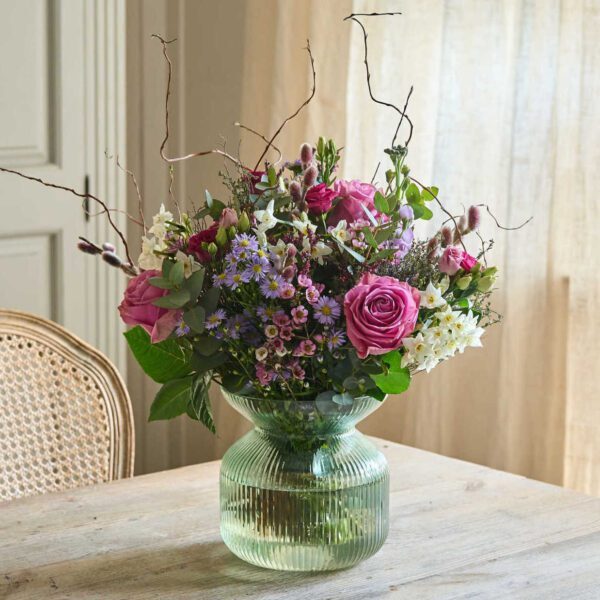The History of Christmas Wreaths
Christmas wreaths add a wonderfully seasonal touch to doors across the county during the festive season. They’re bright, beautiful and we can’t imagine Christmas without them. But where exactly did Christmas wreaths originate, why do we hang them on our doors, and how did the tradition develop? Let’s find out.

Evergreens adornments
For centuries, Christmas time has been associated with greenery, such as holly, ivy and mistletoe. As the Late Middle Ages came along, surviving church documents studied by historians indicate that greenery adorned church entrances during the festive period.
For many Christians, these evergreens symbolised eternal life during the year’s darkest days while also heralding the oncoming spring. As you can tell from the popularity of the song ‘Deck the Halls with Boughs of Holly’, which originated in Wales in the 1500s, evergreens were the go-to festive decoration for hundreds of years.
The wreath’s Roman origins
While greenery has been associated with Christmas since the Middle Ages, the history of the wreath dates back slightly further. In Ancient Roman times, wreaths were given to those who had achieved military victories and were often crafted from laurel or olive branches. Famously, the Greeks crowned winners of the Olympic Games head wreaths, a tradition that continues to this day.
The use of wreaths at Christmas
Wreaths have been used for millennia, but their first use at Christmas time arrived a little later. Many historians believe that advent wreaths were used in Germany during the 1500s, closely associated with the Lutherans. Clearly, wreaths were an extension of the traditional evergreens we mentioned earlier.
However, it wasn’t until 1833 that a certain clergyman lit a candle in his wreath each Sunday before reciting the famous nativity story. From then on, the tradition flourished, spreading to churches, homes and, in the 1800s, front doors. For Victorians (who also popularised the Christmas tree), these wreaths were often called ‘welcome rings’ and contained ivy, pine cones and holly. The rest is history.
So, that means that the Christmas wreaths we all know and love today are a fusion of a classical world and evergreen Middle Ages tradition. Thankfully, Christmas wreaths have never been more popular, and we can’t see the tradition slowing down any time soon.
Buy a Christmas wreath today
What’s Christmas without wreaths? Scrooge-like, we say. Our bold and beautiful handcrafted collection will bring festive delight to your home this season. With a wide range of designs passionately arranged by our expert team, this collection has something for all tastes.








